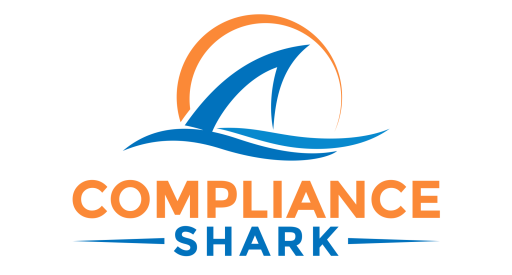Healthcare textiles -Airflow is another method of achieving functional separation
Earlier we spoke about the importance of functional separation on the small wash deck, where clean linen and dirty linen can be in close proximity. Let’s stay on this topic of functional separation and discuss the importance of maintaining consistently proper airflow in a healthcare laundry factory. As a refresher, functional separation in infection control refers to the strategic division or segregation of various functions, processes, or areas within healthcare or other relevant settings to prevent the spread of infections. The goal is to create distinct zones or procedures that help minimize the risk of cross-contamination, and enhance overall infection prevention. In other words, “Keep contaminated items away from clean items.”
Here is the challenge stated another way. Every day our healthcare laundry must handle thousands of dirty items including various linen items, carts, laundry supplies, PPE, and more. At the same time, we must handle, and protect, thousands of clean items including linens, carts, shelves, surfaces, supplies, and more. And these dirty items must never contaminate the clean items, or we run the dangerous risk of exposing sick hospital patients to contaminated linens. To accomplish this we must, of course, first keep the clean items physically separated from the dirty items. But we also must have a safe way for moving them back and forth without cross-contaminating the clean items. Also, we must ensure contaminated air does not flow into the clean zone and contaminate clean linens, surfaces, carts, shelves, etc. This is where maintaining proper airflow comes in.
We accomplish proper airflow by providing higher air pressure in the clean area than in the dirty area, which ensures that air flows from the clean side to the dirty side. If we don’t do this dirty air carrying all sorts of contaminants (dust, lint, etc.) will come into the clean side and deposit onto linens, surfaces, shelves, carts, and more. Correct airflow is normally accomplished using air handlers that bring filtered air into the clean area and exhaust fans that evacuate contaminated air from the soiled area. We must make sure that the clean air flows toward the dirty side under all conditions, in all locations. That means we first must ensure the air handlers can move enough air to provide positive pressure under all conditions from the clean side to the dirty side.
In our Compliance Shark laundry inspections, we often see the following conditions that break proper airflow:
1. Open Bay Doors – Under ideal and normal conditions airflow looks good, going from the clean side to the dirty side. But most laundries have large bay doors that open when soiled carts are dropped off. When the bay doors open, air rushes in and overpowers the clean side air handlers causing soil side air to flow into the clean side causing, you guessed it, cross-contamination. For an inexpensive solution to remedy this situation, the laundry can install heavy vertical plastic strips to block the incoming air when the bay door is open. Usually this provides enough of a block to keep the airflow correct. A slightly more expensive remedy is to install an enclosed staging room for the soiled goods. As long as the staging room is open on only one side, the correct air flow should be maintained. Finally, a more expensive solution is to ensure that the finish side air handlers are powerful enough to overcome open bay doors on the soiled side.
2. Air Handlers Turned Off – Often on cold days, employees will turn off the clean side air handlers breaking positive airflow in the finish. A simple fix is to implement policies and training where only designated managers can turn air handlers off or on and air handlers must be on when clean goods are on the clean side. Also, don’t make fans switches easily accessible and consider locking them.
3. Airflow is Incorrect in Certain Areas – Airflow must be correct in all areas of the laundry plant. We often see situations where the airflow is correct in obvious areas but there are hidden gaps where dirty air flows into the clean area. This is most frequently caused by the inadequate sizing of the finish air handlers. A strong enough correctly sized air handler will create correct air pressure in all areas of the plant.
Monitoring – It is crucial to constantly monitor airflow in the plant and take action immediately if it is incorrect. We recommend electronic monitoring systems that will alarm and notify managers if the airflow is ever incorrect in any location. For a more economical and lower tech solution, the laundry plant can install streamers in key locations in the plant to visually monitor airflow. There should be a policy where these are checked at regular intervals and the records are logged.

